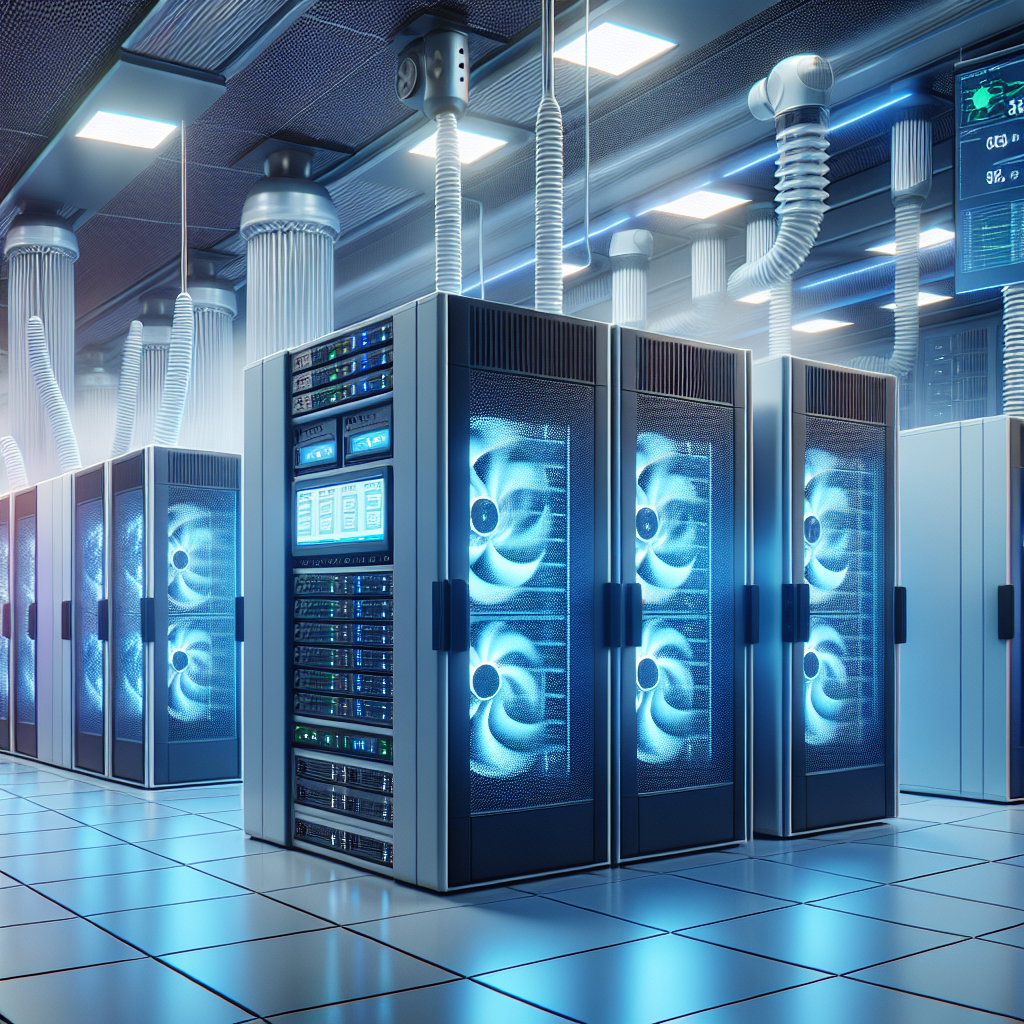Data centers are an essential part of modern businesses, providing the infrastructure needed to store, manage, and process large amounts of data. However, as data centers become more complex and energy-intensive, the need for efficient cooling systems has become increasingly important. In recent years, emerging trends in data center cooling systems have been developed to address the challenges of cooling high-density server racks while reducing energy consumption and operating costs.
One of the most significant trends in data center cooling systems is the use of liquid cooling technology. Liquid cooling systems use water or other coolants to remove heat from server racks, offering better heat transfer capabilities than traditional air cooling methods. Liquid cooling systems can be implemented in different ways, such as direct-to-chip cooling, immersion cooling, or cold plate cooling. These systems are more efficient at dissipating heat and can help reduce the overall energy consumption of data centers.
Another emerging trend in data center cooling systems is the use of advanced airflow management techniques. By optimizing the airflow within data centers, cooling systems can more effectively distribute cool air to server racks and remove hot air from the facility. Techniques such as hot aisle/cold aisle containment, raised floor plenums, and variable speed fans can help improve airflow efficiency and reduce cooling costs.
Furthermore, the integration of artificial intelligence (AI) and machine learning technologies into data center cooling systems is also a growing trend. These technologies can analyze real-time data from sensors and equipment within the data center to optimize cooling settings and predict potential issues before they occur. By using AI and machine learning algorithms, data center operators can improve cooling efficiency, reduce energy consumption, and enhance overall performance.
Additionally, the adoption of renewable energy sources in data center cooling systems is becoming more prevalent. As the demand for sustainable practices grows, data center operators are increasingly turning to solar, wind, or hydropower to power their cooling systems. By harnessing renewable energy sources, data centers can reduce their carbon footprint and operating costs while ensuring a reliable power supply for cooling operations.
In conclusion, emerging trends in data center cooling systems are revolutionizing the way data centers operate. By incorporating liquid cooling technology, advanced airflow management techniques, AI and machine learning technologies, and renewable energy sources, data center operators can improve cooling efficiency, reduce energy consumption, and lower operating costs. As data centers continue to evolve and expand, staying abreast of these emerging trends will be crucial for maintaining a sustainable and efficient cooling infrastructure.


Leave a Reply